Disover more about Gdansk's rich and fascinating history in our beautiful new guidebook. Be one of the first to see what it looks like here!
A large protective peninsula shielding Gdańsk's Nowy Port to its south,

firing on Westerplatte - the opening shots of WWII.
Prior to 1939, however, most people who knew the name Westerplatte had a very different association with the area. In 1830, much like neighbouring Sopot, the peninsula was developed as a health resort in the mid-19th century and was a popular spot for Danziger beachgoers.
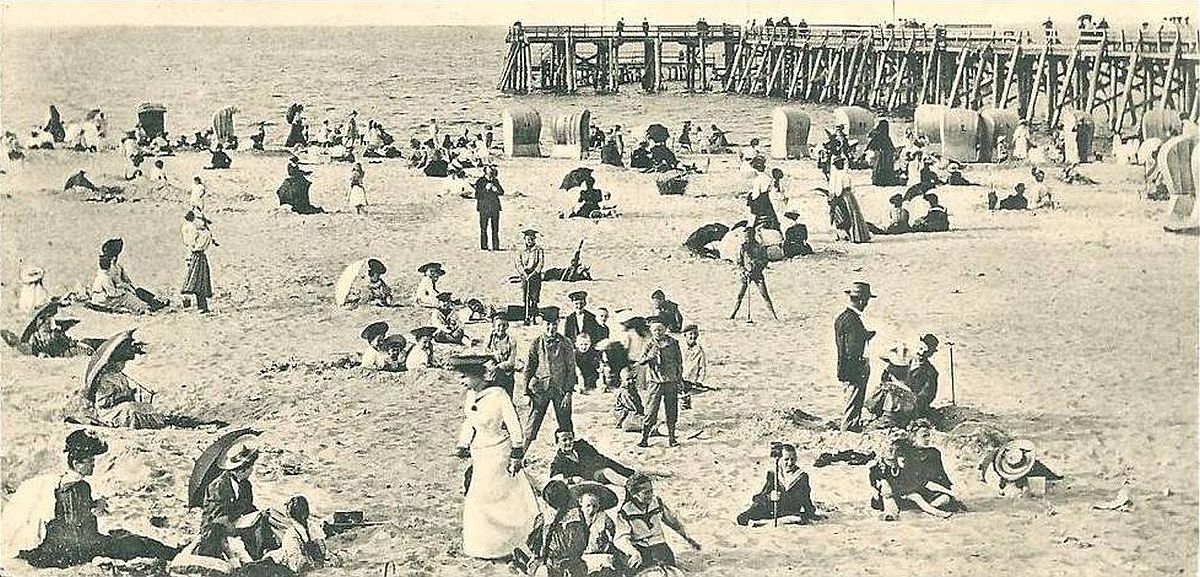
Photo Source: Aukcje Internetowe / Fotopolska.pl
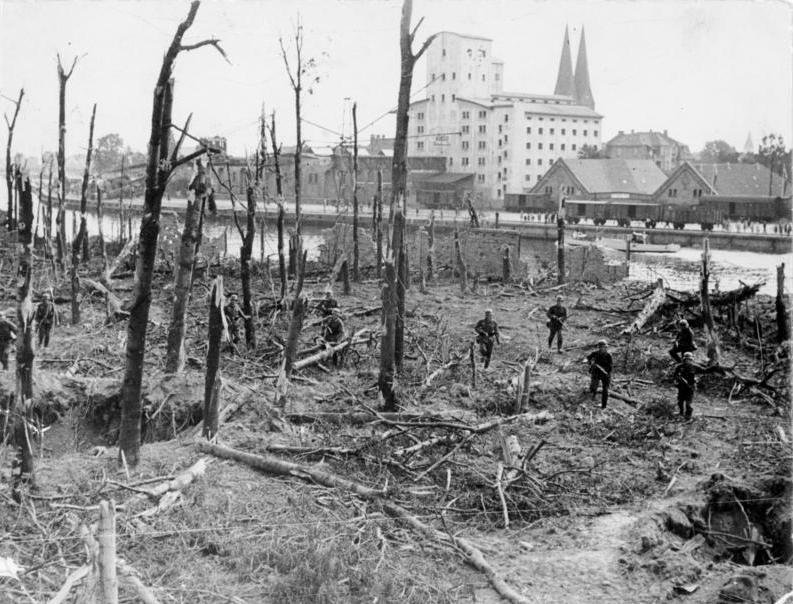
The forest that previously existed here was destroyed during the battle.
The Polish troops on Westerplatte were in effect a crack unit, by now numbering around 200 troops, whose orders were to hold for 24 hours in the event of an attack to give air, ground and sea forces the opportunity to support them from mainland Poland. The speed and strength of the German attack put paid to that plan almost immediately with the Polish navy caught out in the Bay of Gdańsk and the bulk of the air support from Puck destroyed on the ground.
Yet the troops on Westerplatte continued to hold out despite coming under intense bombardment by air, sea and 3,500 troops on the ground. The hope was that France and Great Britain, who joined the war on September 3, would provide support but this never materialised.

Eventually, on September 7, lack of water, ammunition and medical supplies convinced the commanding officer, Major Henryk Sucharski, to surrender the Poles’ heavily damaged stronghold. He and his troops left Westerplatte to salutes from their captors in recognition of their bravery in a battle that had cost just 15 Polish lives.

The battle, while of little strategic importance to the outcome of the battle for the city, still represents a source of immense pride for many Poles who recognise the bravery of their countrymen in their resistance to one of the country's traditional foes.
What to see on Westerplatte?
Today, Westerplatte is a historical park and memorial site featuring a scattering of shelled bunkers, burnt-out ruins, snack bars, souvenir stalls and a small seasonal museum in the pivotal Guardhouse Number 1. There is also a permanent outdoor exhibition entitled 'Westerplatte: Spa-Bastion-Symbol' on display. Note: Many of these museums are closed in the off-season.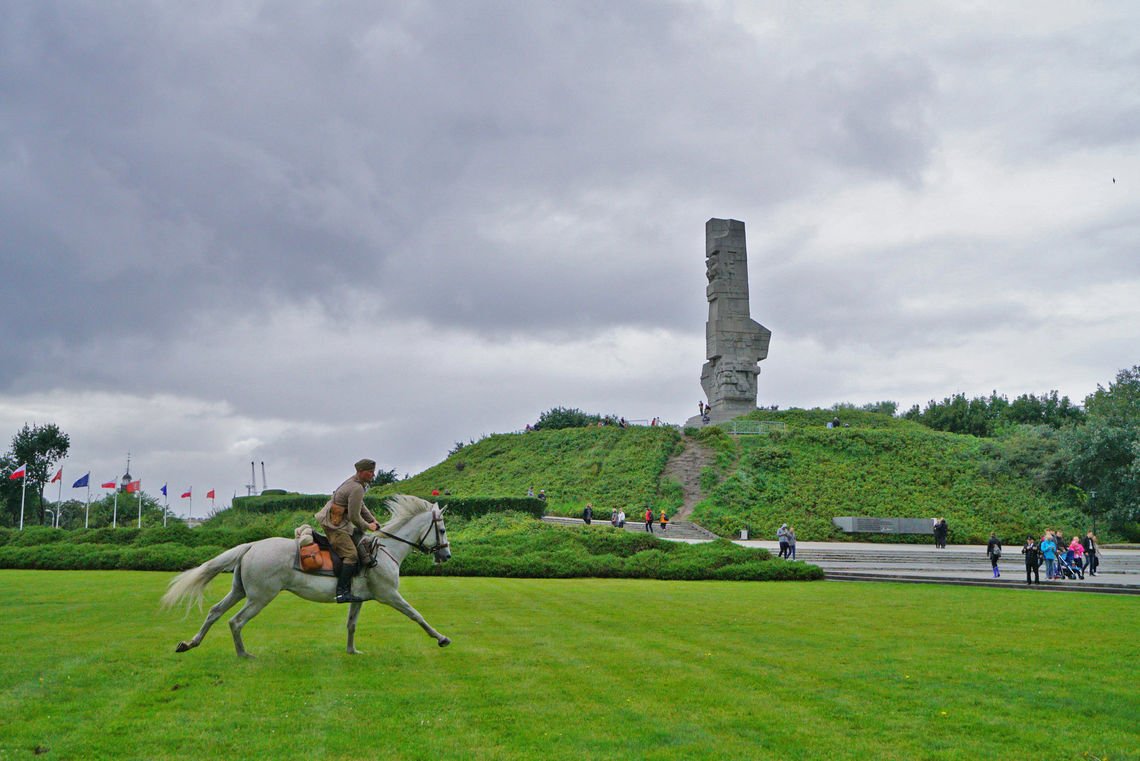




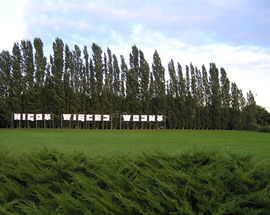
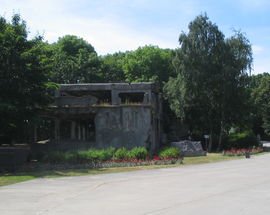
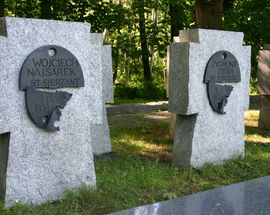



Comments